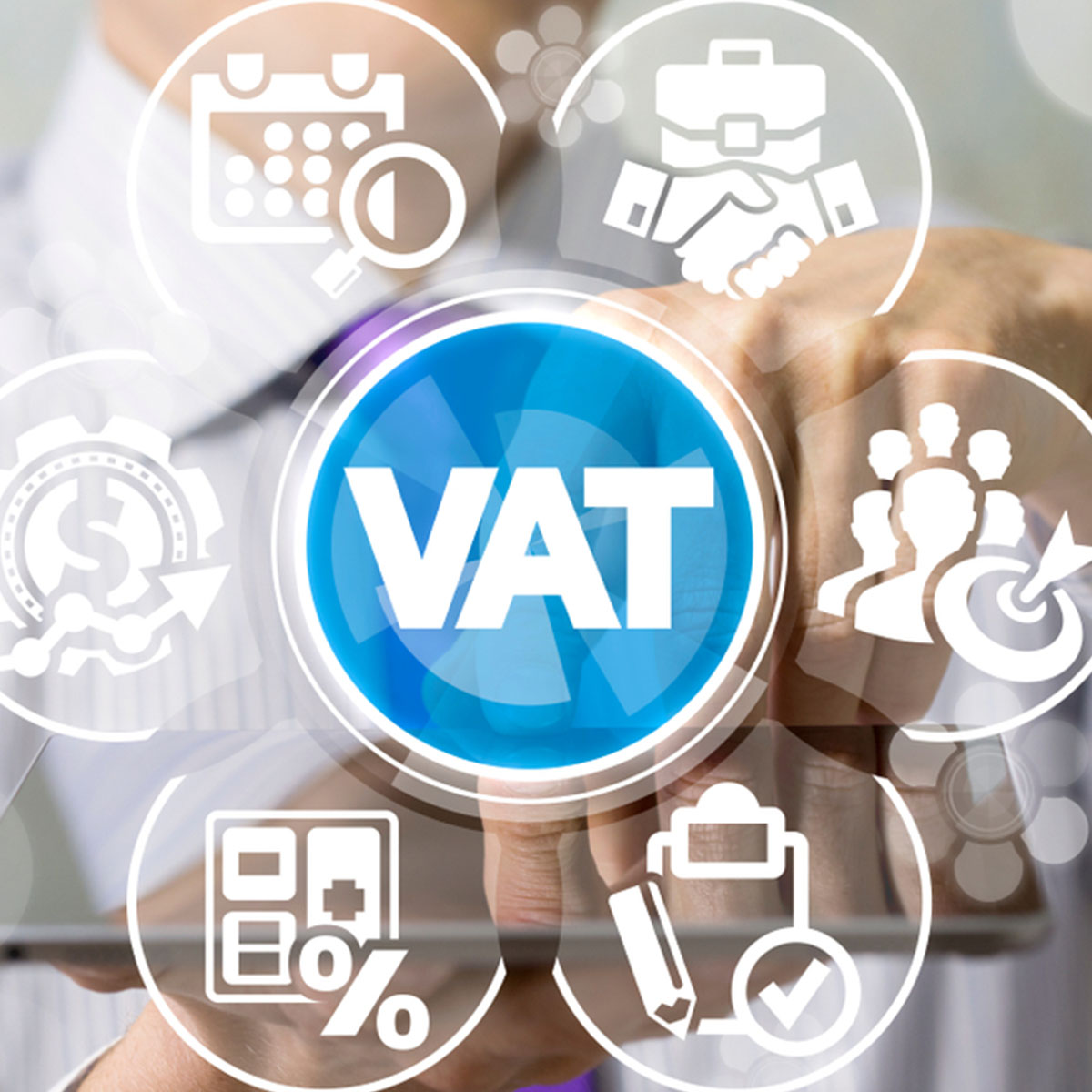1-The Background
Developments in information technology, and in particular in data encryption, have made it possible for a paper bill of lading to be replaced by an electronic substitute. The use of paper bills of lading is expensive and costs the shipping industry billions of dollars each year. For example, original bills have to be couriered around the world, and where the bill is unavailable at the discharge port, the need to give indemnities for the full value of the cargo comes at a considerable expense. Furthermore, the practice of issuing bills of lading in sets of three and the potential scope for fraud that this generates is also removed.
2-The CMI Rules on Electronic Bills of Lading
The rights and obligations of the parties are similar to those that operate under a paper bill of lading. The major difference is the procedure that allows for the transfer of title, i.e. the equivalent of endorsement. The system relies on the “private keys” (encrypted security codes). These private keys are issued by the carrier. Under the CMI Rules the carrier, when notified of a new holder (endorsee), must cancel the private key and replace it with a new code unique to each new holder. When the carrier gives notice to the holder of the intended time and place of the delivery, the holder must then nominate a consignee and provide delivery instructions through the private key. The CMI Rules only apply if they are contractually adopted by the trading parties, and unfortunately this has not happened in practice. The system is not regarded as secure and many carriers were unhappy with the important responsibilities attached to their key role in the endorsement process.
3-SeaDocs
The SeaDocs experiment in electronically negotiating bills of lading lasted less than one year. Chase Manhattan Bank and Intertanko (an association of independent oil tanker operators) joined forces in creating SeaDocs Registry Limited (SeaDocs).
SeaDocs was intended to work on the following basis: An original paper bill of lading was issued by the carrier in the normal way. This bill was then deposited with SeaDocs who acted as the depository-custodian. In addition to this function, SeaDocs was also the agent for all the parties involved in the shipping transaction – this included authority to endorse the bill of lading (i.e. acting as agent for both the holder and the endorsee) and to deliver the paper bill of lading to the consignee or party who would eventually claim delivery of the cargo. Once the original paper bill of lading was delivered to SeaDocs, a test key or code was delivered to the shipper. The shipper had to notify SeaDocs electronically when he wanted to negotiate the bill of lading. The shipper would then provide the endorsee/buyer with a portion of the test key. SeaDocs had to check the message of the shipper to ensure it was authentic before acting upon it. In addition to the shipper notifying SeaDocs of his intent to transfer, the endorsee/buyer would also notify SeaDocs of his acceptance of the transfer.
The failure of SeaDocs can be put down to various factors:
• the insurance of the registry operations was relatively high;
• commodity traders were unwilling to record their transactions in a central registry as that could subject them to inspections by tax authorities and other competitors;
• the reluctance of the ultimate buyers to acquire bills of lading from a registry which was designed to service intermediaries and speculators; and
• finally, banks were particularly uncomfortable with one of their competitors having exclusive control of the registry business.
As with the CMI Rules, the failure of SeaDocs demonstrates the obvious: a workable system will always be doomed if trading partners and the business community in general do not accept and make use of it.
4-The Bolero Project
The project replaces the paper bill of lading with a “Bolero Bill” and also provides a system where every “endorsement” of the bill is recorded and monitored. During 2012, the operation of the Bolero services was successfully transitioned from SWIFT to a leading-edge commercial hosting facility in dual mirrored date-centres, enabling high availability, full disaster recovery, added scalability and performance.
Bolero continues to use much of the structure developed by the CMI. However, Bolero does mark a significant departure from one of the key problems associated with the CMI Rules, namely that the ownership of title to the electronic bill is not held by the carrier but by a completely separate Title Registry which is run by Bolero itself. The system is underpinned by an agreed legally binding framework – a set of rules similar to the CMI Rules. All messages between Bolero users must pass through and be validated by a secure Core Messaging Platform.
All messages are acknowledged when received and downloaded by the receiver, and notifications are provided as requested. This acknowledgment is critical because, with for example e-mail, it is very difficult to tell whether a message has been received or read by a corresponding party. The Core Messaging Platform’s security relies on encryption and the use of digital signatures. It is arguably more secure than a traditional paper-based system since a Bolero Bill cannot be copied, forged and presented to third parties without the knowledge of the holder.
The security system means that a document can only be viewed by an intended recipient, and can only be amended by the use of a digital signature. This should, in time, give users (e.g. carriers, cargo interests, banks etc) complete confidence that the documents they see are indeed original and have not been altered in any way.
Bolero works as follows: After the parties have formally agreed to use the Bolero system, the carrier will receive instructions from the shipper. The carrier will then create a Bolero Bill containing all of the information that one would expect to find on a paper bill of lading, e.g. the names of the parties, the quantity and condition of the goods, and whether the Bolero Bill is intended to be transferable or not. The Message Platform will also inform the Title Registry who is to be the “holder” of the bill, i.e. the party who initially controls title to it.
When the title is subsequently transferred to the next holder the Title Registry cancels the title of the first holder and transfers it to the next holder. An instruction to transfer can only be made by using a unique digital signature. The Title Registry maintains an “endorsement chain”, registering every transfer that takes place. There is also a time stamp of each electronic endorsement so that the time of each transaction can be accurately ascertained.
The system thus permits the electronic bill of lading to be transferred from one person to another in effectively the same way as with a paper bill, and that process continues until the cargo is ultimately discharged and delivered. At that point, the current holder advises the Title Registry electronically by using the correct form of surrender instruction that he is surrendering the Bolero Bill. The Title Registry then ceases to allow any further “transfers” of title and sends a message to the carrier, or a surrender party (nominated by the carrier to receive such notification and effect delivery), stating that the Bolero Bill has been surrendered and by whom. The role of Bolero stops at this point and the scheme takes no responsibility for ensuring that the goods are in fact delivered to the entitled holder.
A further feature of the Bolero project is that it enables users to “switch to paper” if required. This will of course be necessary if the current holder wishes to sell the cargo to a party who does not belong to the scheme. In order to effect this change, the current holder instructs the carrier to switch to paper.
The Bolero scheme probably offers an effective and secure alternative to a paper bill of lading, potentially offering great savings in terms of time and money. It has been warmly welcomed by cargo owners but less so by carriers. Carriers who do not require negotiable documents are making use of Bolero, but others are hardly participating at all.
Until February 2010, the Rules of the Clubs comprising the International Group of P&I Clubs (the Group) specifically excluded liabilities in respect of the carriage of cargo under all electronic documentation. The Group, after reviewing the number of electronic trading systems, agreed that liabilities arising in respect of the carriage of cargo under such systems would be covered from 20 February 2010, provided that the system had first been approved by the Group.
5-Legal Issues
There are still a number of legal issues to be overcome before an electronic bill of lading can be considered as a genuinely functional equivalent to a paper bill of lading. A major obstacle is that a paper bill of lading is a signed written document.
It is also unclear whether an electronic bill would be viewed as a “document”. This is important because the major regimes which regulate the carriage of goods by sea apply to “documents”. For example, Article 1(b) of the Hague-Visby Rules provides that the rules apply to “bills of lading or any similar document of title”. The law in recent times has undoubtedly become more flexible in terms of how it construes the word “document” – the essential essence of a document is that it is something containing recorded information of some sort. It does not matter if, to be meaningful, the information requires to be processed in some way such as translation, decoding or electronic retrieval. Any electronic bill of lading scheme is dependent on the clarity of the law underpinning it.
Finally, there is a clear need for international initiatives to harmonize the approach of different countries to electronic bills of lading. With regard to the European Union, there is now a directive, Electronic Commerce in the Internal Market (Directive 2000/31/EC), which was approved by the European Parliament in May 2002. It relates mainly to recognition of electronic signatures and the provision and regulation of encryption services.










